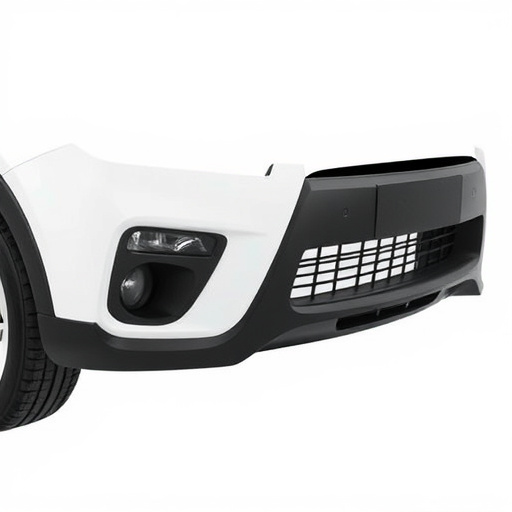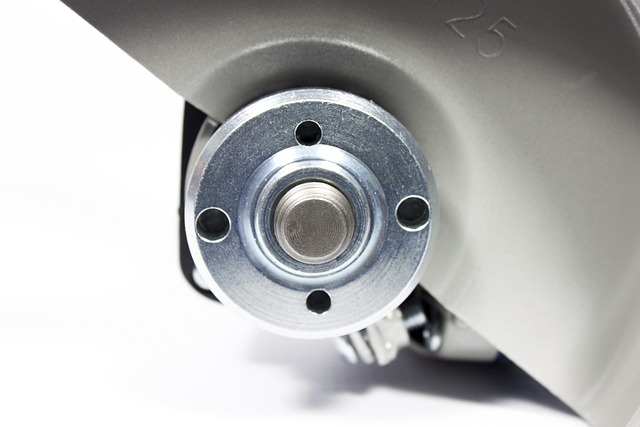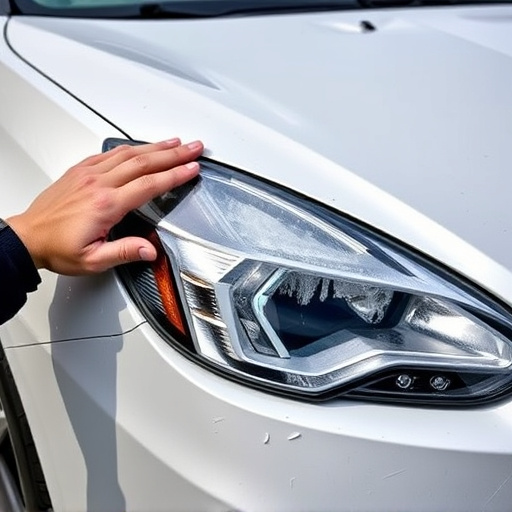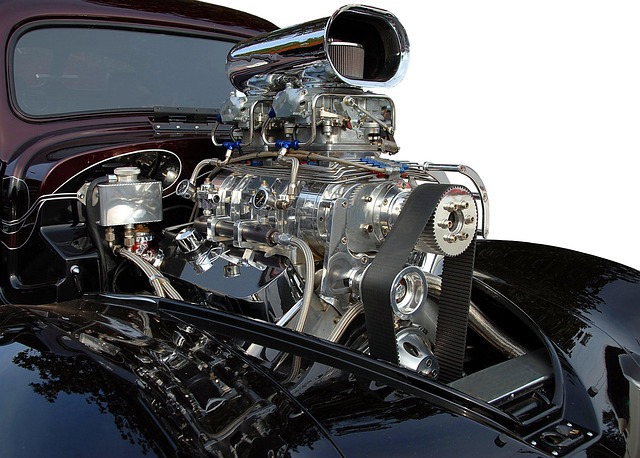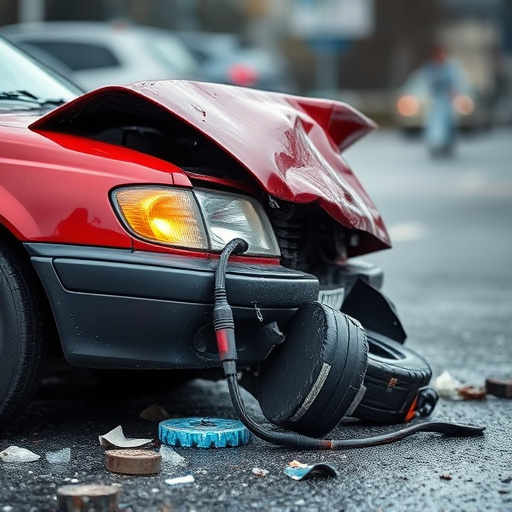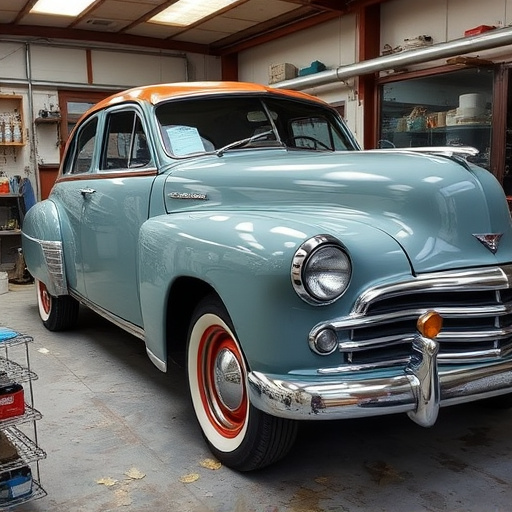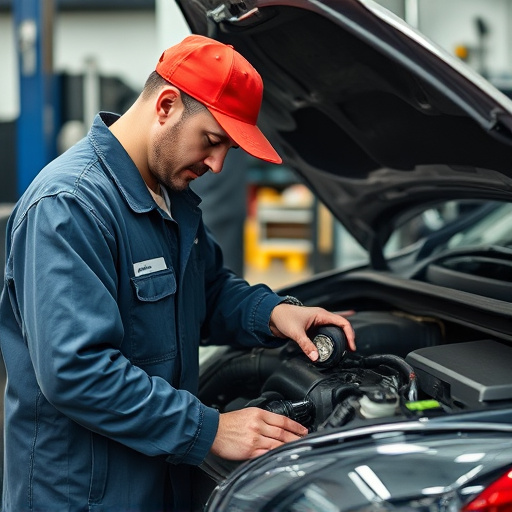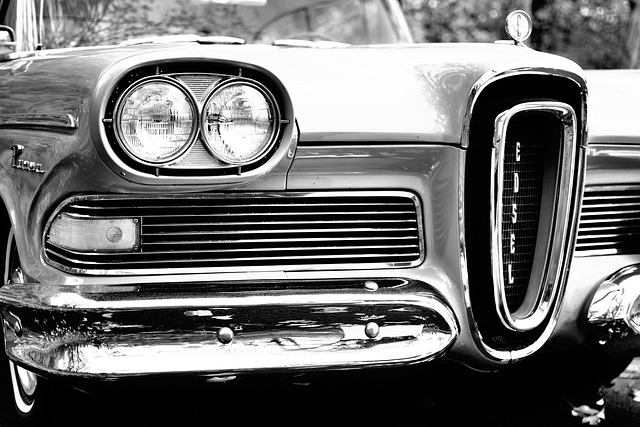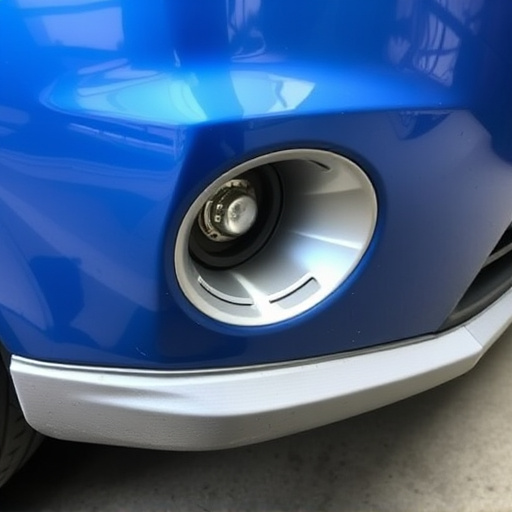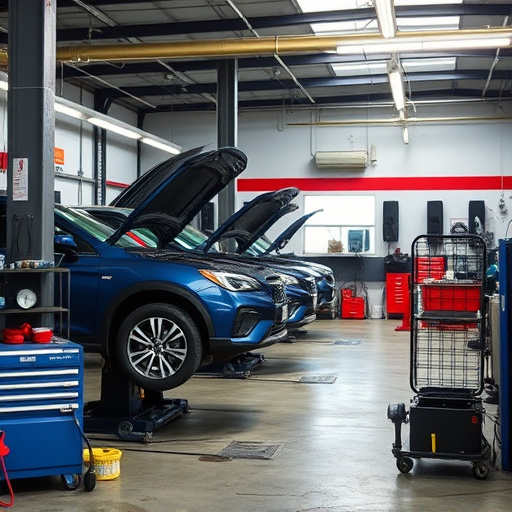Collision damage repair shops are transitioning to sustainable practices by managing materials responsibly. Using eco-friendly materials like biodegradable plastics and metals reduces waste and promotes recycling. Advanced techniques like efficient frame straightening methods decrease energy consumption. These innovations benefit both the environment and vehicle lifespans, positioning the industry as a leader in green practices and key contributors to a sustainable future.
In today’s environmentally conscious world, even collision damage repair shops are embracing sustainable practices. This shift is not just about meeting regulatory standards but also contributing to a greener future. This article explores three key areas: sustainable materials management, eco-friendly techniques for repair processes, and reducing waste through best practices. By adopting these strategies, collision damage repair shops can minimize their environmental footprint while delivering high-quality services.
- Sustainable Materials Management in Shops
- Eco-Friendly Techniques for Repair Processes
- Reducing Waste: Best Practices for Sustainability
Sustainable Materials Management in Shops
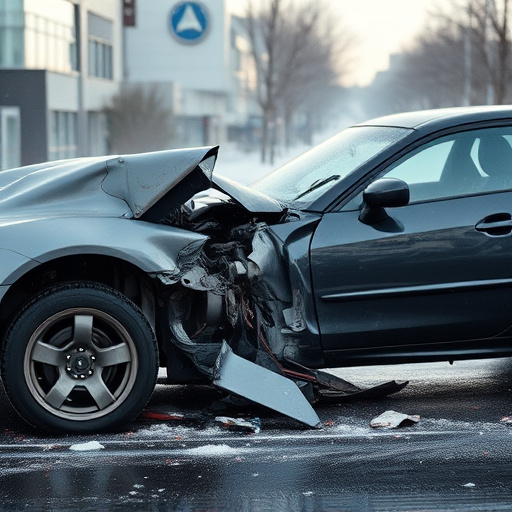
Collision damage repair shops play a vital role in promoting sustainable practices through responsible materials management. By adopting eco-friendly approaches, these auto repair shops can significantly reduce their environmental impact. One key aspect is transitioning to using sustainable and recycled materials for repairs, such as opting for biodegradable or recyclable plastics and metals. This simple change ensures that the waste generated from collision damage repair processes is minimized and effectively recycled, contributing to a greener environment.
Additionally, many shops are now employing advanced techniques like frame straightening methods that utilize less energy and produce fewer emissions compared to traditional repair practices. These innovative approaches not only benefit the planet but also extend the lifespan of vehicles, reducing the demand for new materials. As the industry continues to evolve, adopting such sustainable strategies will become a norm in collision damage repair, making auto repair shops more environmentally conscious contributors to society.
Eco-Friendly Techniques for Repair Processes
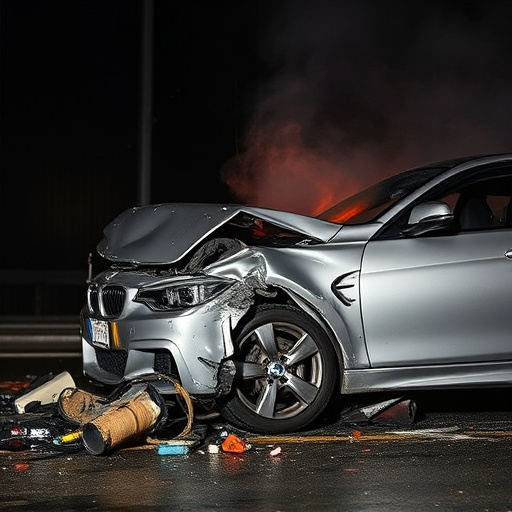
In the realm of collision damage repair, adopting eco-friendly techniques has become a game changer. Many modern repair shops are now prioritizing sustainability by utilizing green materials and innovative processes. For instance, instead of traditional, toxic solvents, some facilities have switched to water-based or solvent-free alternatives for vehicle paint repair. These methods significantly reduce the release of harmful chemicals into the environment. Additionally, recycled content paints and eco-friendly filler materials are becoming more prevalent, contributing to a cleaner and greener car restoration process.
Another notable trend is the integration of advanced technology to streamline repairs. Automated painting systems, for example, can precisely apply coatings, minimizing overspray waste. Moreover, digital design software enables repair technicians to perform complex car restoration tasks with enhanced accuracy, reducing the need for scrap materials. These eco-conscious practices not only benefit the planet but also showcase a commitment to quality and innovation within the collision damage repair industry, particularly in the realm of classic car restoration.
Reducing Waste: Best Practices for Sustainability
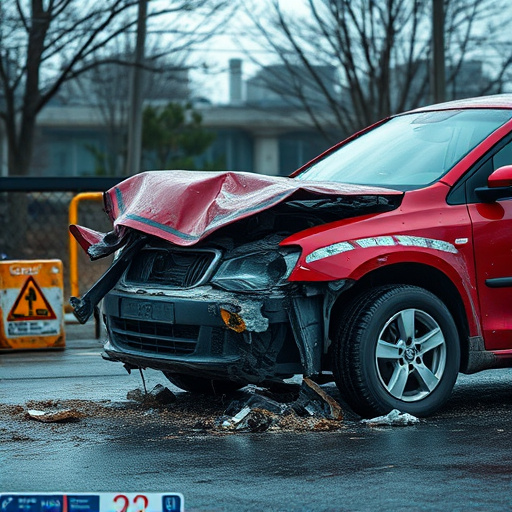
Collision damage repair shops play a vital role in not only restoring vehicles to their pre-accident condition but also adopting sustainable practices that reduce environmental impact. One of the key areas of focus should be waste reduction, which isn’t just beneficial for the planet but can also lead to cost savings and improved operational efficiency.
Best practices include implementing recycling programs for materials like metal, plastic, and glass from damaged vehicles. Additionally, utilizing eco-friendly products and solvents during the repair process can significantly cut down on hazardous waste generation. Shops should also explore water recycling and treatment systems to minimize the amount of clean water needed for various dent repair and auto body services procedures. By embracing these strategies, collision damage repair shops can contribute to a greener future while ensuring they remain competitive in the vehicle repair industry.
Collision damage repair shops play a significant role in environmental sustainability, and adopting eco-friendly practices is no longer an option but a necessity. By implementing sustainable materials management, embracing green repair techniques, and reducing waste, these shops can minimise their ecological footprint while contributing to a greener future. With proper training and a commitment to change, the collision damage repair industry can become a model for environmental responsibility, ensuring both the safety of vehicles and the planet.

